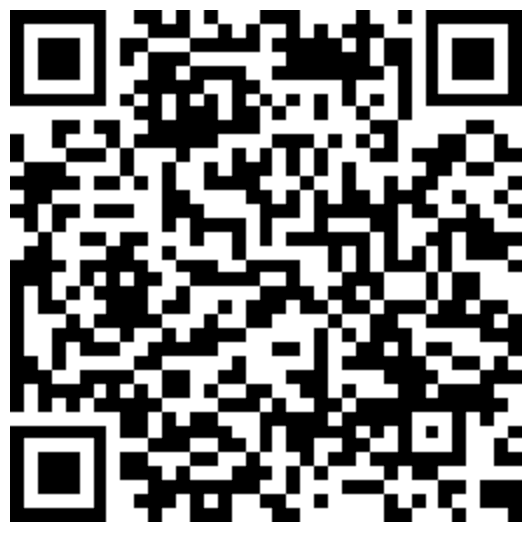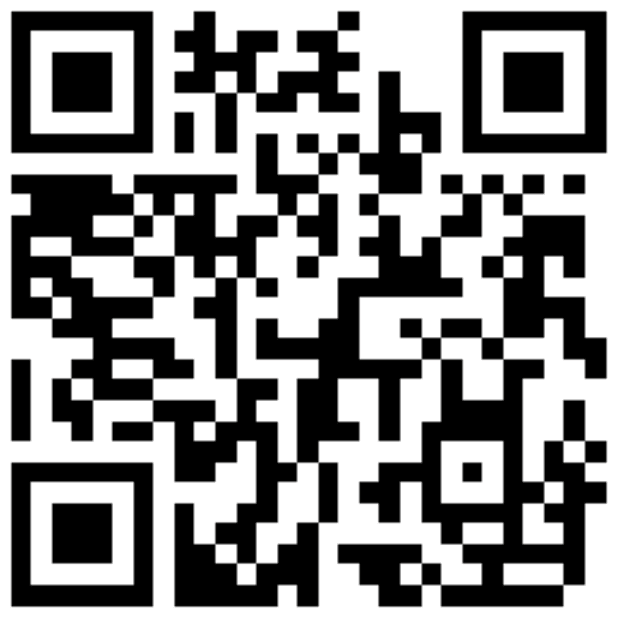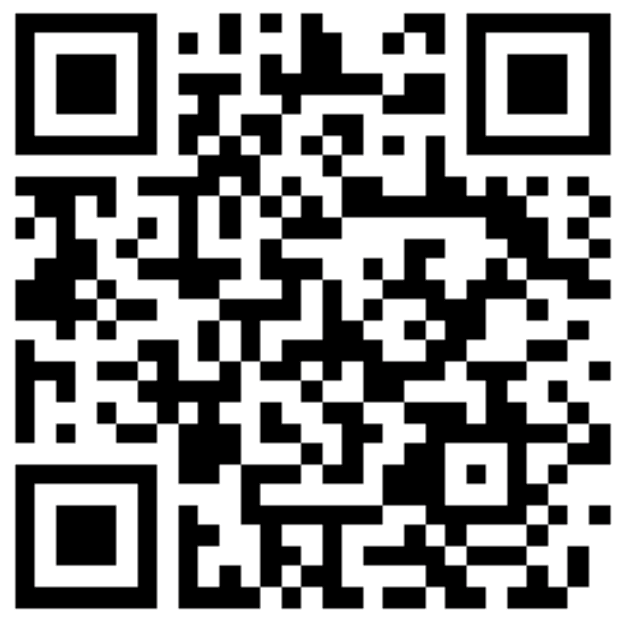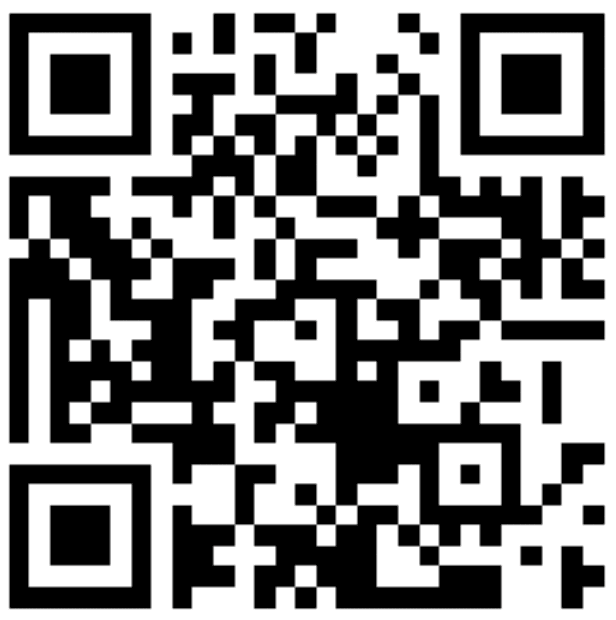In a session at the GreenBiz conference last month (wow, was it only last month? The world is in such a different place since then), ERM partner Mike Wallace noted during a panel that the proliferation of environmental social and governance (ESG) reporting frameworks is a signal of progress in the field of sustainability.
“While it may feel confusing and overwhelming, it is actually a logical progression of our field’s evolution and thinking,” Wallace said at the GreenBiz conference. “New issues emerge, the breadth and depth of our impacts are better understood, and we all want to know a little bit more. In the best cases, these independent organizations and initiatives will often reference and cite each other’s work and even specific indicators. We definitely need more of this cross-referencing to better enable reporters to report.”
As an ESG recruiter, I have received an increasing number of calls from companies adding headcount to help navigate the various sustainability frameworks, which is what drove me to Mike’s panel in the first place.
I compiled the background below about five prominent ESG frameworks, with the goal of helping companies recruiting ESG specialists understand the backstory of these frameworks. This backgrounder is aimed at giving companies a starting point by explaining who is behind each reporting scheme, why it originally was formed and the purpose it serves today.
Bob Massie and Allen White — who have deep and diverse backgrounds in divinity and anti-apartheid work (Massie) and corporate design and accountability (White) — launched GRI in 1997, along with the support of their organizations, Ceres (formerly known as the Coalition for Environmentally Responsible Economies) and the Tellus Institute. The United Nations Environment Program (UNEP) was also influential in the creation of GRI, and the U.S. Environmental Protection Agency and General Motors were at the table in the earliest discussions.
The idea behind GRI was to create an accountability framework for companies to show stakeholders how they align with the Ceres Principles for responsible environmental conduct. Later, the steering committee mandated that the framework expand to include social, economic and governance issues. The term ESG started picking up in 2005, and GRI started using the term in 2009. Today, several stakeholders, including investors, businesses and governments, use the GRI Sustainability Reporting Standards to communicate on a range of impacts, including climate change, human rights, governance and social well-being.
In 2000, Paul Dickinson started the Carbon Disclosure Project (now simply CDP) with the goal to create a “global economic system that operates within sustainable environmental boundaries and prevents dangerous climate change.” (Prior to CDP, Dickinson was co-founder of Europe’s largest videoconference booking service, and in 2000, he published the book “Beautiful Corporations” about sustainability product marketing.)
The idea behind the CDP was that if business considered environmental reporting and risk management as part of its core responsibility, it would be possible to transform capital markets. CDP started its environmental disclosure program in 2002, and through this platform today, more than 8,400 companies, 800 cities and 120 states and regions use the CDP to report on their climate, water and deforestation impacts.
Jean Rogers, who transitioned into sustainability after working as a management consultant at Deloitte, started SASB in 2011. Her aim was to develop standards that situated “sustainability fundamentals” alongside “financial fundamentals” — “such that investors could compare performance on critical social and environmental issues, and capital could be directed to the most sustainable outcomes,” she wrote in a history of SASB (PDF).
Rogers created these “sustainability fundamentals,” or material issue factors, with colleagues at Harvard’s Initiative for Responsible Investment (in turn created under the guidance of Domini Social Investments’ chief investment officer, Steve Lydenberg).
Today, SASB’s focus on what it calls “financially material information” (which SASB defines further by industry) is what the organization says differentiates it from other reporting frameworks. SASB’s framework is intended to complement other initiatives, including those from GRI, CDP, the International Integrated Reporting Council and the Taskforce for Climate-related Financial Disclosures (TCFD).
In April 2015, the G20 asked the Financial Stability Board (an international body that monitors and makes recommendations about the global financial system) to consider climate risk. In response, the board established the Taskforce on Climate-related Financial Disclosures (TCFD) in December 2015, with Michael Bloomberg (yes, that one) as chair.
Today, the TCFD’s voluntary disclosure program gives companies a consistent way to report on their climate-related financial risks to investors, lenders, insurers and others. TCFD covers physical, liability and transition risks.
As of last month, two years after TCFD published its final recommendations, more than 1,000 organizations from the private and public sectors had expressed their support for the recommendations. Supporters include private sector organizations with a collective market capitalization of nearly $12 trillion and financial firms responsible for assets of $138.8 trillion.
Dedicated to responding “to institutional investors’ concerns that they struggle to access meaningful data on company workforce management,” WDI was launched by the UK responsible investment nonprofit ShareAction in late 2016.
Modeled after the CDP (Paul Dickinson, who founded CDP, was also instrumental in WDI’s creation), WDI collects data from companies on how they manage both direct employees and people working in their supply chain. In the 2019 WDI survey, 118 companies had participated, and WDI had 137 investor signatories.
Source: GreenBiz









